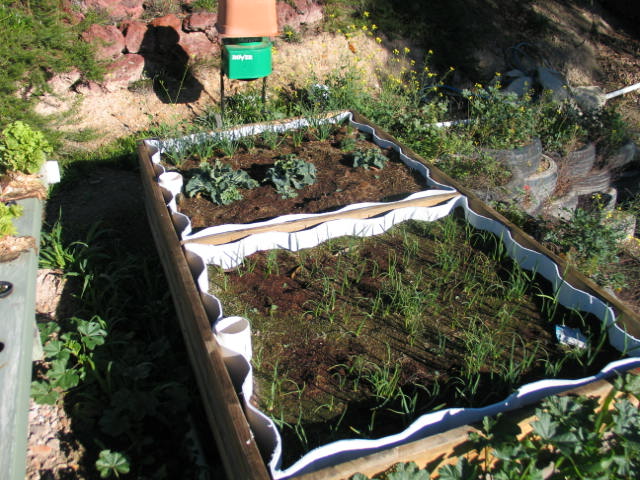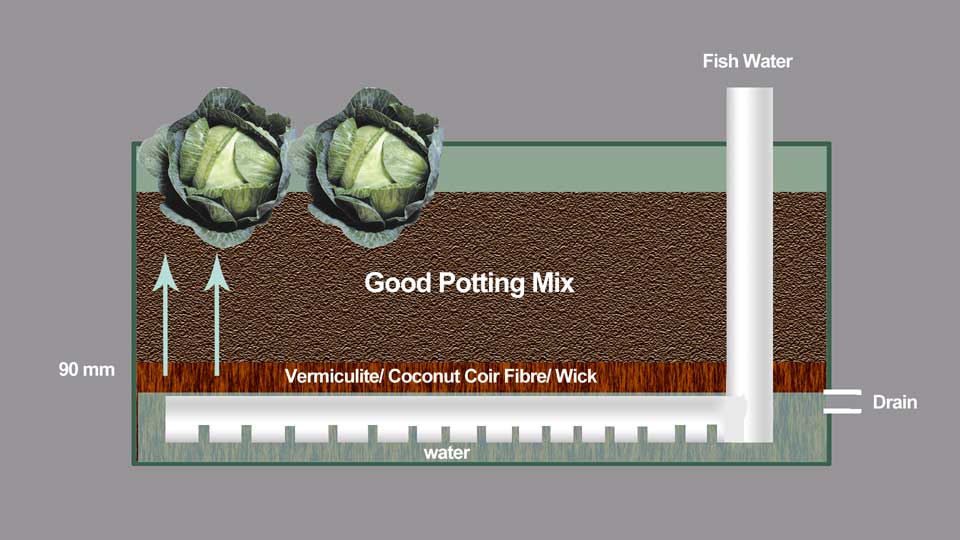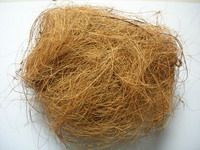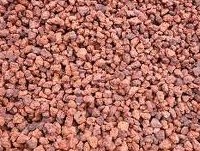Create a Wicking Bed Garden for Easy Vegetable Growing powered by Fishwater
Recently when we were filming Murray Hallam and Milne Matthews talking about their aquaponics systems, the conversation turned to their wicking beds that they both used for growing root crops. Although water is mainly used in conventional dirt gardens, Murray and Milne were also using fish water from their aquaponics system to water their wicking systems with spectacular results. We had a few questions raised on Murray’s Aquaponics forum for more information.
What is a Wicking Bed?
A wicking vegetable garden bed system is an easy to build vegetable growing system developed in Australia by Colin Austin who looked at solutions to growing food systems in desert communities. The fact that it works so well for the lazy gardener is a bonus! Wicking Beds are essentially an enclosed water reservoir that allows the vegetables to be watered from below the plant’s root zone. Its an idea way to grow root crops. Normally the system is powered by rainwater. But adding nutrient rich fish water from your aquaponics system will turbo charge your wicking bed even more. The fish water is fed once a week in summer through a slotted pipe that allows the water to flow down and slowly “wick” it’s way up through capillary action and feed the plant roots from the bottom up. Its an ideal solution if you live in a hot dry environment or like we do – with lots of sandy soil where nutrients are easily leeched away. Its also a good way to grow root crops like potatoes and carrots in a conventional dirt garden system rather than aquaponics which suit above ground growing plants like lettuce and tomatoes.
What sort of container for Wicking Beds?
Murray uses a fibreglass tub at least 400mm deep but there is really no set rule as to how deep you should make them. Some people use an old refrigerator or bathtub found at the tip. You could use an infinite variety of containers provided they do not leak. If you take a look at the video clip here your will see Murray explaining Wicking Beds with Milne Matthews at around the 9:35 mark. Just scroll the Youtube video clip forward and see them explain how the system works. Murray uses a 90mm diameter pipe with slots cut out at the base to enable water to leak out of the pipe. An elbow joiner and a short raised section completes the main assembly. Fish water was then used to pour down the pipe upstand and water the vegetables from below. Fish water because it is very high in Nitrates really gives the vegetables a kick along.
What kind of material makes a good wick?
Murray Hallam uses vermiculite filled to approximately 90mm from the base before good potting mix soil is added and filled to the top of the container.
But other people have used different fibres to act as the “wick” and draw the water up through the soil. Milne Matthews had successfully grown vegetables in both systems.
“I have wicking beds with different systems,” he says, “The first one I made, I used straw, but that one kept breaking down so I had to keep topping it up.”
So he built another system using coco fiber as the wicking media. He found coco fiber was ideal for growing onions and garlic.
Compost Worms
Milne also tried scoria as a wicking media and used shade cloth to separate the scoria from the dirt in his next bed.
Finally he tried an all dirt system and tried growing asparagus in this wicking bed system. He was surprised to learn that it also worked quite well.
Milne’s conclusion for the lazy gardener is to just go with an all dirt garden as a wicking system. But a word of caution. Milne does stress that you use very good potting mix, preferably mixed with a lot of organic matter to act as the wick. Hard compacted soil will not do the job.
A very good quality compost would be your number one choice. Especially since both Murray and Milne recommend throwing in a lot of compost worms into the mix as well.
The wicking bed could also have a layer of straw mulch added to the surface to reduce evaporation and keep the soil nice and friable and cool for all the microbes and worms to work comfortably within.
Drainage
One final point which must not be overlooked is to supply a small drainage hole around 90mm height mark from the base of the growbed should you ever have a sudden downpour of rain and need the excess water removed. This way your system will keep producing vegetables with ease and always stay damp.











Fantastic, Fraink! My community site was already buzzing about this (check out this thread – http://aquaponicscommunity.com/forum/topics/wick-bed and now you come along and make it understandable, with pretty graphics and everything! You are amazing. Thank you thank you.
Hey Sylvia thanks for that. I fixed up your link to your site so it works properly now. We get a lot of people from the US who visit here so I would really recommend they visit Sylvia’s Aquaponics Forum website as its growing at a terrific rate and is a powerhouse of valuable information.
One early system I had used a gravel filled mud tub and had potted plants in it. This was a flood and drain system and the potted plants did fantastic. This was a soil + gravel system wqhich wicked the water as needed into the pots. It really worked like a champ and was one of my earlier designs. Looks like Murry’s got this down to a science now.